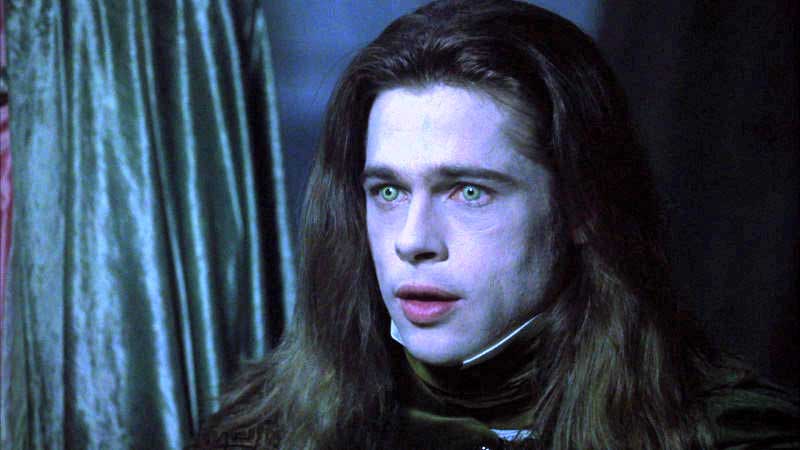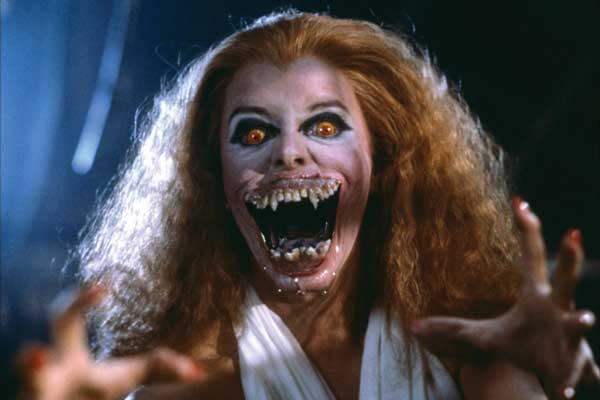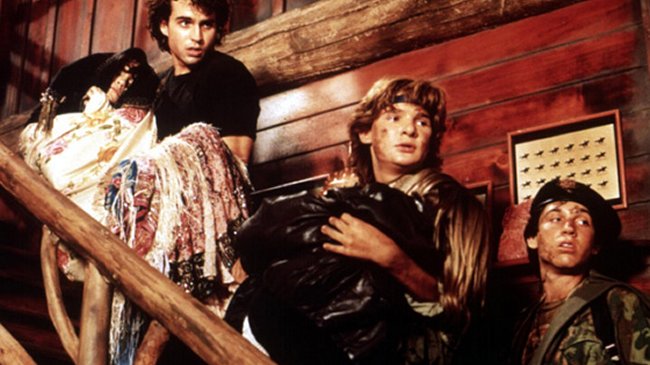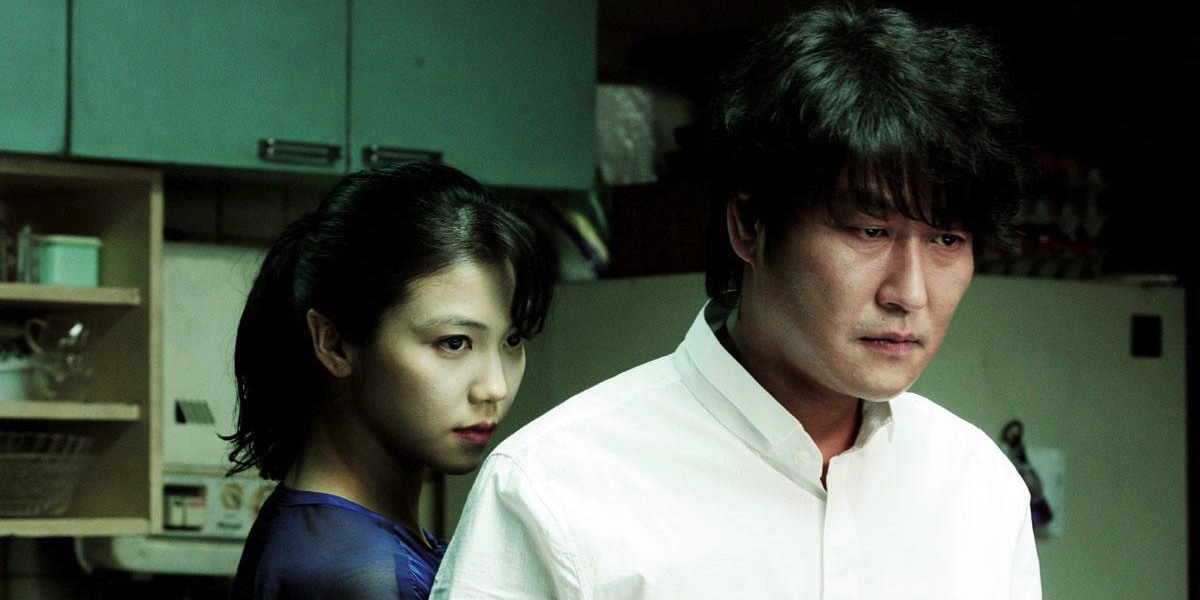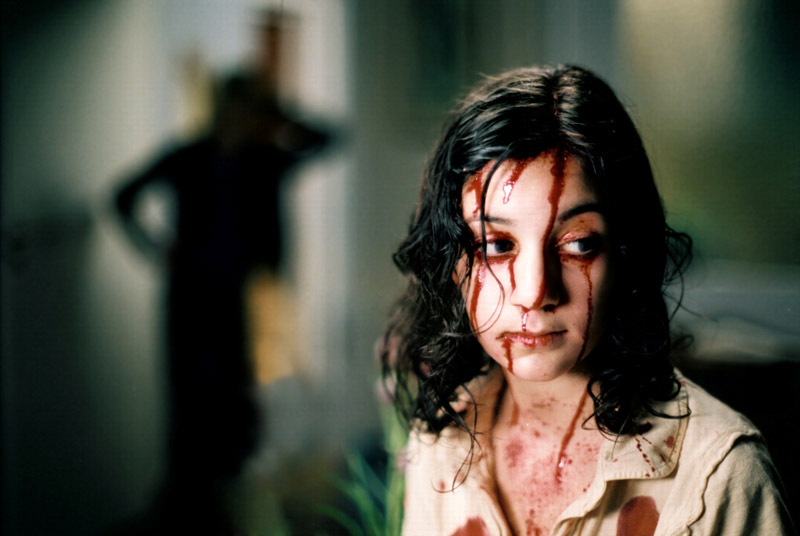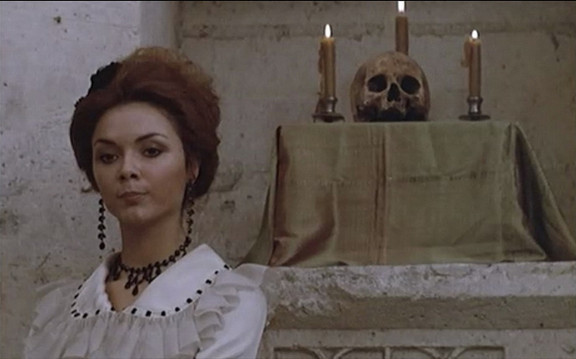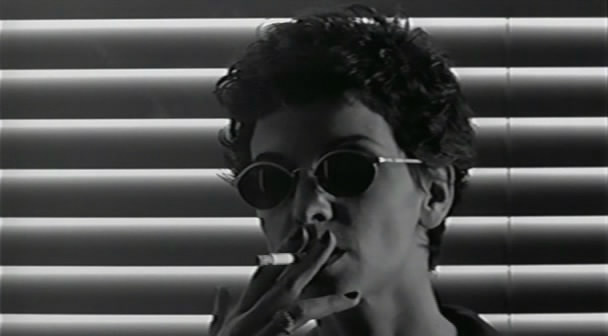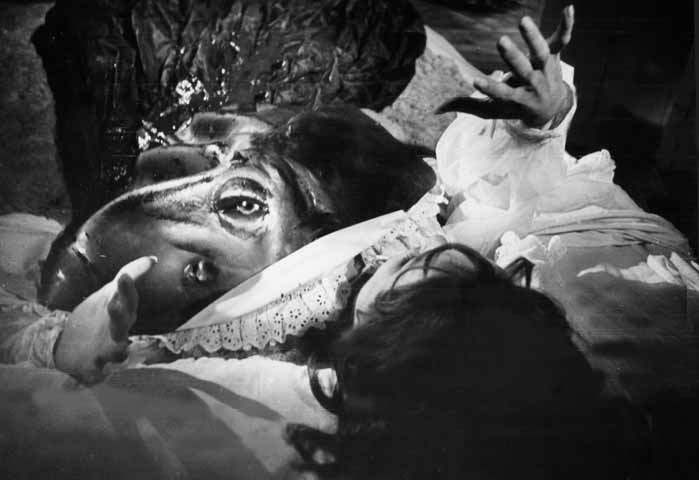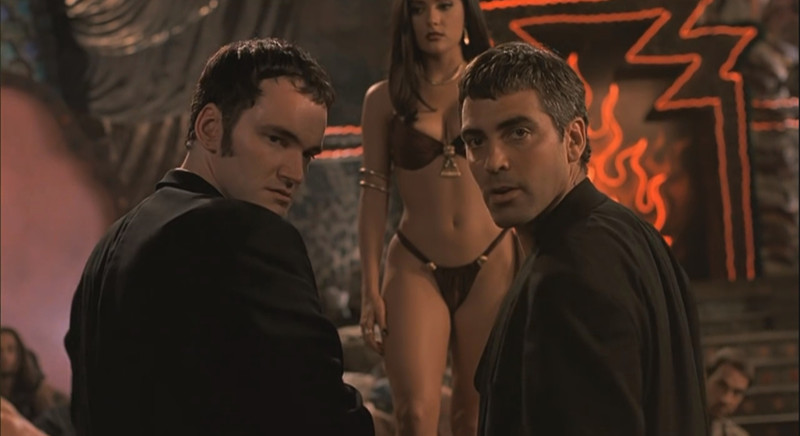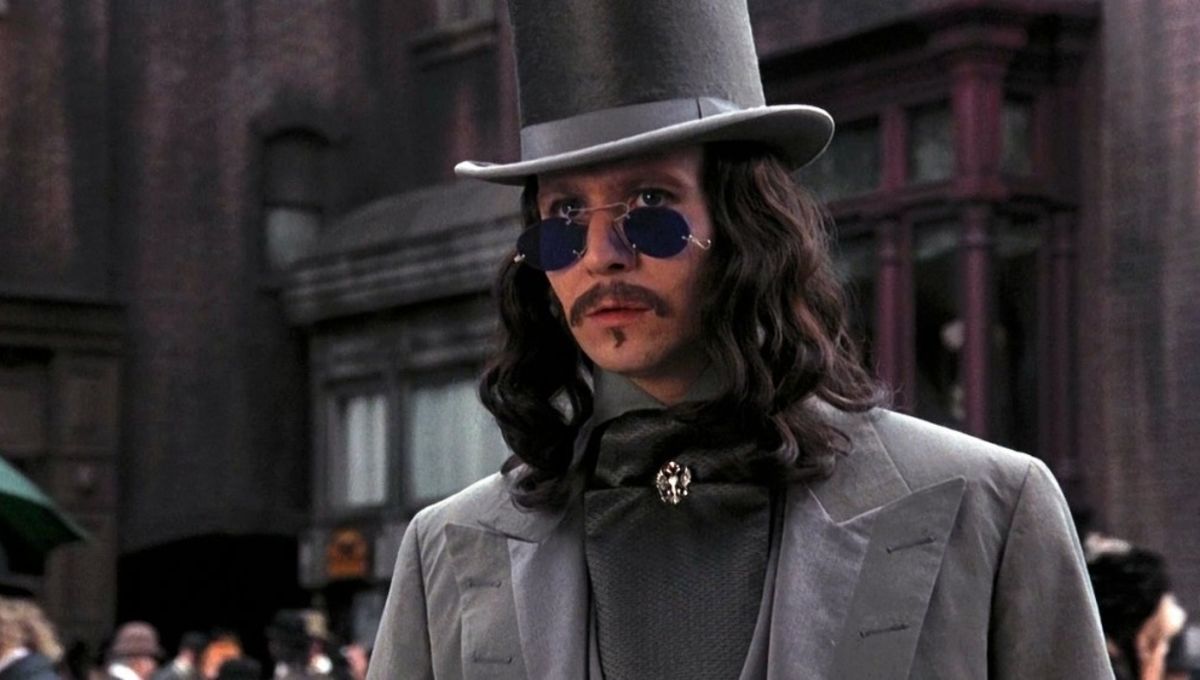
Cinema’s debt to vampires can not be underestimated. Seductive, dangerous and lonely, vampires called cinema’s attention nearly since its beginning and were crucial to cinema´s development by writing some of its most memorable chapters.
Myths and historic approximations surrounding vampires are abundant. However, it was Bram Stoker’s classic Dracula the novel that settled the modern picture of vampires that eventually depicted in cinema.
The next is a list of 20 essential vampire films. Some of them were hailed among critics and belong to the collection of cinema’s ground breaking moments; some simply worked as vampire approximations with some old fashioned themes and some are regarded as gems of the controversial 70’s erotic vampire cinema.
Most of the films enlisted here are deep explorations upon the meaning of vampirism as an allegory of human condition. They all developed and exploited the tasteful aesthetics surrounding vampires and thus may work as a suitable introduction to the vast amount of vampire films cinema deals with.
20. Interview with the Vampire (Neil Jordan, 1994)
Influenced by Bram Stoker’s classic, Anne Rice stressed something about vampires that hundreds of literature pieces and films seem to diminish: the drama of their condition. Ultimately outsiders are chained to solitude due to their condemnation to immortality, vampires can actually offer a series of statements about human existence.
Neil Jordan’s adaptation of Anne Rice’s most well known novel is an essential title of the 90s. The overly covered and ultimately disappointing couple of Tom Cruise and Brad Pitt as Lestat and Louis, two vampires suffering from the same desperation, helped to settle the roots for future vampire movies and novels of varying quality and reinserted vampires in pop culture. The result, a mediocre adaptation of Rice’s novel, is still a referent for vampires in cinema.
19. Fright Night (Tom Holland, 1985)
The film about a horror-obsessed teenager Charley’s discovery of her mother dating a vampire became an instant financial and critical success. This is due to the revision and ultimate tribute Tom Holland pays to vampire cinema and, of course, to Chris Sarandon’s multifaceted performance of Charley’s main antagonist.
Fright Night is a fresh example of 80’s horror aesthetics. Not even its lower quality sequel or its recent remake could dishonor the place it holds among horror fans.
18. The Lost Boys (Joel Schumacher, 1987)
An excessive and ultimate cult product of the 80’s and Joel Schumacher’s mind. Even with its plot breakdown, The Lost Boys is a smart teenage movie that balanced the mixture of gore, humor and tension, it is an obligated and even beloved title among vampire films lovers.
The Lost Boy tells the story of two brothers, Michael and Sam, facing hormones and the imminent vampire presence in their new town.
17. Thirst (Park Chan-Wok, 2009)
A critical acclaim for Park Chan-Wok, one of the strongest cards of South-Korean cinema, this one won the Jury Prize at 2009 Cannes Film Festival.
Thirst is a vampire review of Thérèse Raquin, Zola’s naturalist exploration of temperaments upon love triangles, something Park Chan-Wok himself has stressed.
The plotline follows Sang-hyun, a new born vampire due to a failed experiment as he drags Tae-ju, a childhood friend’s wife, to his spiral of madness and blood seeking adventure.
16. Låt den Rätte Komma In A.K.A. Let the Right One In (Tomas Alfredson, 2008)
Probably last decade’s most hailed vampire film, Let the Right One In is a beautiful statement about solitude and friendship.
This film is magnetic. Set in an involving and paused atmosphere of melancholy thoughtfully interrupted by sequences of exquisite horror, it is usually compared with the greatest vampire films ever made due to its cinematography and plot strength.
The film presents the story of Oskar, a 12-year-old boy living in 80’s Stockholm. Overlooked by his mother and bullied by his classmates, Oskar then learns about true friendship and eventually revenges in Eli, a mysterious and solitary girl whose arrival to Oskar’s neighborhood will stress the indifference of the world Oskar lives in by raising a spiral of violence.
15. Le Frisson des Vampires (Jean Rollin, 1971)
Le Frisson des Vampires is the film that began the maturation of Jean Rollin, it is an obligated reference of vampire cinema.
The film still carries some of the amateur B-movie-like techniques that can be found in director’s other works like Le viol du vampire and La vampire nue. Yet, here is where Rollin’s playful eroticism and gothic, nearly kitsch, aesthetics met the minimal and solid narrative to start delivering something more than involuntary comedies.
The plotline follows Ilse and Antoine, a couple spending their honeymoon in an ancient castle. Things go wrong from the beginning, Isle finds her cousins, the castle keepers, are dead and starts to behave disturbingly after visiting their graves.
14. The Addiction (Abel Ferrara, 1995)
Nominated for the Golden Bear at the 45th Berlin International Film Festival, Abel Ferrara’s The Addiction tends to be seen as an allegory about drugs. Filmed in black and white, and surrounded by vague references to philosophers such as Feuerbach, Heidegger, Husserl, Nietzsche and Descartes, the film is an unconventional and interesting experiment that only Ferrara could deliver.
Lili Taylor offered one of her most outstanding performances as Kathleen, a Philosophy student struggling to carry on with her new life as a vampire. Dealing with her increasing inner urges, Kathleen recalls memorable observations about life, being and human condition.
Christopher Walken’s character deserves to be mentioned too; another quirky cameo to be added in Mr. Walken’s collection of memorable performances in Ferrara’s films.
13. Et mourir de plaisir A.K.A. Blood and Roses (Roger Vadim, 1960)
Loosely based upon Carmilla, a bittersweet tale of lesbianism and vampires by Sheridan Le Fanu, Et mourir de plaisir is one of the most involving and ambiguous vampire films ever filmed.
Set upon the working frame of a love triangle, the film follows young Camilla’s emotional breakdown due to her best friend’s engagement. Seeking voice to her resentment, Camilla seems to get possessed by a vampire.
Et mourir de plaisir has two versions; both of them respect the essence of the film by cheerfully playing with two alternatives behind Camila’s breakdown. Whether she is getting insane or there’s actually a vampire spirit possessing her, Et mourir de plaisir is a tasteful film for vampire film lovers.
12. From Dusk Till Dawn (Robert Rodriguez, 1996)
It is impossible not to see From Dusk Till Dawn as a product from Robert Rodriguez: insistently cartoonish and stereotypical characters making their ways between the laughable and the hysterical; fantastic and overly exaggerated situations of adventure and misfortune; memorable sequences of action and eroticism, and of course, the playful and illusory depictions of Mexico.
It is easy to love Robert Rodriguez; it is easy to hate him too. From Dusk Till Dawn is the film that, perhaps involuntarily, served as the archetype for his upcoming projects while offering an open voluntary kitsch comedy about vampires.
The film follows two psychotic criminal brothers (played by George Clooney and Quentin Tarantino) and their hostages (a dysfunctional family played by Harvey Keitel, Juliette Lewis and Ernest Liu) as they team up to survive the horde of vampires that controls a Mexican night club they all entered.
11. Vampyres (José Ramón Larraz, 1974)
A classic among fans of vampire-erotic films and an obligated example of exploitation cinema, Vampyres deserves to be taken apart from the vast amount of apparently similar films commonly produced during the 70’s.
In Vampyres, Larraz reduced the expected supernatural elements of vampire horror films exploited by the time and made eroticism not just a patch to waste precious narration time but, instead, the perfect symbolism to recall his characters’ psychosis.
Vampyres is a dream-like story of Fran and Miriam, a couple of vampires randomly abducting passers-by to feed themselves.
